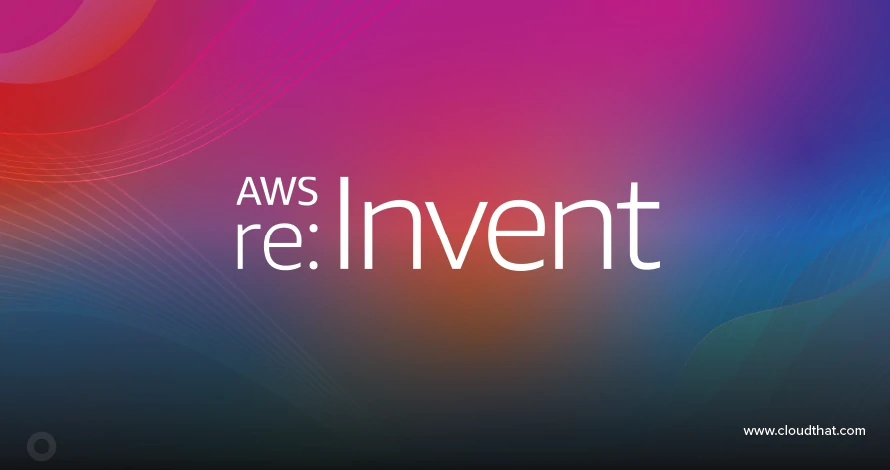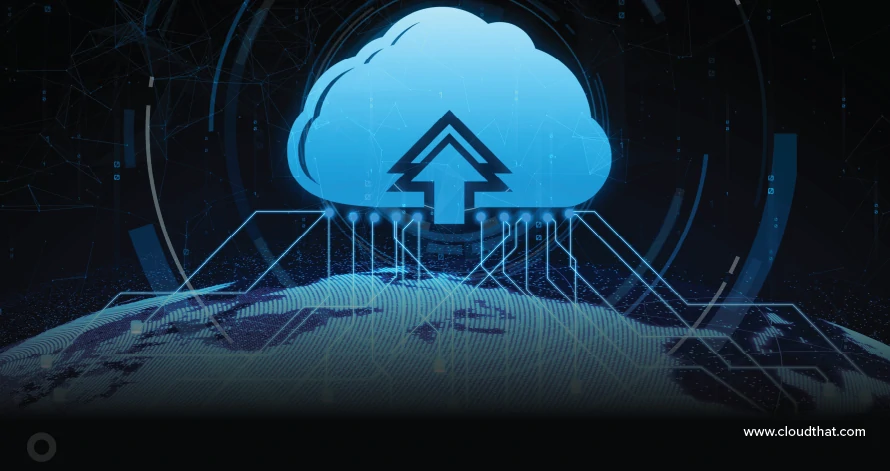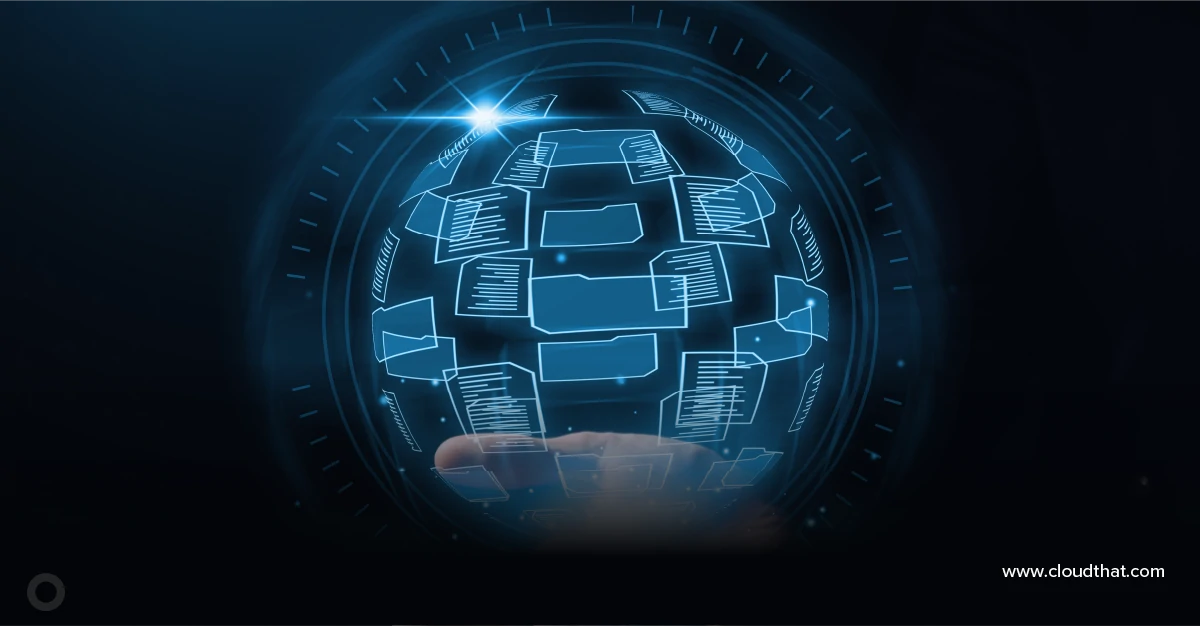|
Voiced by Amazon Polly |
Overview
In data-driven decision-making, ensuring the accuracy and consistency of data across various systems is essential. Organizations often leverage Amazon RDS (Relational Database Service) for transactional operations and Amazon Redshift for analytics at scale. With data constantly flowing between these systems, ensuring they remain in sync is critical. This is where data reconciliation comes in, and when done manually, it’s time-consuming and error-prone. Automating the reconciliation process between Amazon Redshift and Amazon RDS can drastically improve data reliability, operational efficiency, and trust in reporting.
In this blog, we will explore the need for reconciliation, key strategies to automate it, and best practices for implementing an efficient solution.
Pioneers in Cloud Consulting & Migration Services
- Reduced infrastructural costs
- Accelerated application deployment
Understanding the Need for Data Reconciliation
Data reconciliation is the process of comparing two datasets to detect any discrepancies or inconsistencies. When applied to Redshift and RDS, this process ensures the data between the two systems is aligned and accurate.
- Amazon RDS is the operational database layer (OLTP), managing real-time, high-volume transactional data.
- Amazon Redshift is the analytical engine (OLAP), processing large volumes of data for dashboards, BI tools, and ad hoc queries.
Organizations frequently replicate data from Amazon RDS to Amazon Redshift using ETL pipelines, AWS DMS (Database Migration Service), or third-party tools. However, differences in update frequencies, transformation logic, or even failed jobs can cause data mismatches.
Reconciliation ensures:
- Data integrity between operational and analytical systems
- Accurate reporting and analysis
- Early detection of issues in the data pipeline
Common Data Discrepancy Scenarios
Before diving into automation, it’s important to understand where discrepancies commonly arise:
- Data Latency: Amazon RDS is often updated in real time, while Amazon Redshift may only be updated in scheduled intervals. This time gap can lead to outdated information in reports.
- Transformation Errors: ETL processes may apply business logic or formatting that inadvertently alters data during the transfer.
- Incomplete Loads: If an ETL process fails midway or is interrupted, it may result in partial data loads in Amazon
- Schema Mismatches: A column added or modified in Amazon RDS may not be reflected in Redshift if the synchronization isn’t properly managed.
- Manual Updates: Changes made manually in either database, especially in the absence of audit trails, can introduce inconsistencies.
Traditional vs Automated Reconciliation
Traditionally, reconciliation involved extracting data from both systems, dumping it into spreadsheets or flat files, and manually identifying mismatches. This approach doesn’t scale well, especially as the volume of data grows and the frequency of updates increases.
Automation allows this entire process to run without manual intervention, enabling faster detection of discrepancies and quicker resolution. It reduces human error, saves time, and builds confidence in the analytics pipeline.
High-Level Architecture for Automated Reconciliation
A typical automated reconciliation setup between Amazon RDS and Amazon Redshift may follow these steps:
- Data Extraction
Retrieve the latest records or snapshots from both Amazon RDS and Amazon Redshift. This can be achieved using scheduled jobs or cloud-based data pipeline tools. It is recommended that only the delta (recent changes) be extracted to optimize performance.
- Data Matching
Reconcile datasets based on unique identifiers such as primary keys or timestamps. To identify discrepancies, compare attributes such as row counts, totals, null value percentages, and hash values.
- Workflow Automation
Orchestration tools like AWS Step Functions or Amazon MWAA (Managed Workflows for Apache Airflow) can schedule and automate these jobs regularly. This ensures that reconciliation is consistent and repeatable.
- Alerting and Notifications
In the event of mismatches or threshold violations, alerts are automatically triggered using Amazon SNS (Simple Notification Service) or Amazon CloudWatch. This ensures prompt visibility and action.
- Logging and Reporting
Store detailed logs and reconciliation reports in Amazon S3 or any centralized logging service. This helps with historical tracking, audits, and debugging.
Best Practices for Building a Reliable Reconciliation Workflow
To ensure your automated reconciliation pipeline is scalable, keep the following in mind:
- Compare Recent Data Only
Instead of reconciling full tables, compare only the records modified or added in the last few hours or days. This method helps save time and lowers computational costs.
- Define Clear Matching Logic
Have a well-defined strategy for comparing data. Whether using primary keys, checksums, or aggregated metrics, make sure the comparison method aligns with business requirements.
- Set Tolerance Thresholds
Not all mismatches are critical. You can define acceptable thresholds (e.g., a 1% variance) to reduce noise and prevent unnecessary alerts.
- Retry Mechanism
Incorporate retries into your orchestration system to manage temporary failures in ETL jobs or network connectivity.
- Include Metadata Checks
Don’t just compare data rows, also validate metadata such as row counts, null value distributions, schema alignment, and data types.
AWS Services to Use for Automation

Conclusion
With a thoughtful approach, the right tooling, and well-defined processes, organizations can detect issues early, resolve them quickly, and maintain data integrity across their systems.
As data pipelines grow more complex, building this automation layer becomes beneficial and necessary. Whether you are a data engineer, analyst, or cloud architect, investing in automated reconciliation will save time, reduce risk, and enhance the reliability of your data systems.
Drop a query if you have any questions regarding Amazon RDS or Amazon Redshift and we will get back to you quickly.
Empowering organizations to become ‘data driven’ enterprises with our Cloud experts.
- Reduced infrastructure costs
- Timely data-driven decisions
About CloudThat
CloudThat is an award-winning company and the first in India to offer cloud training and consulting services worldwide. As a Microsoft Solutions Partner, AWS Advanced Tier Training Partner, and Google Cloud Platform Partner, CloudThat has empowered over 850,000 professionals through 600+ cloud certifications winning global recognition for its training excellence including 20 MCT Trainers in Microsoft’s Global Top 100 and an impressive 12 awards in the last 8 years. CloudThat specializes in Cloud Migration, Data Platforms, DevOps, IoT, and cutting-edge technologies like Gen AI & AI/ML. It has delivered over 500 consulting projects for 250+ organizations in 30+ countries as it continues to empower professionals and enterprises to thrive in the digital-first world.
FAQs
1. Why is data reconciliation between Amazon RDS and Amazon Redshift important?
ANS: – Data reconciliation ensures consistency and accuracy between your transactional database (RDS) and analytical data warehouse (Amazon Redshift). It helps detect discrepancies caused by failed ETL jobs, transformation errors, or data latency, ultimately ensuring reliable business intelligence.
2. How often should reconciliation be performed?
ANS: – It depends on your business requirements. For critical systems, reconciliation can be scheduled hourly or daily. For less critical data, weekly reconciliation may suffice. The frequency should align with the frequency of data loads into Amazon Redshift.

WRITTEN BY Khushi Munjal
Khushi Munjal works as a Research Associate at CloudThat, specializing in Tech Consulting. With hands-on experience in services like Redshift, EMR, Glue, Athena, and more, she is passionate about designing scalable cloud solutions. Her dedication to continuous learning and staying aligned with evolving AWS technologies drives her to deliver impactful results and support clients in optimizing their cloud infrastructure.


 Login
Login


 May 15, 2025
May 15, 2025 PREV
PREV










Comments